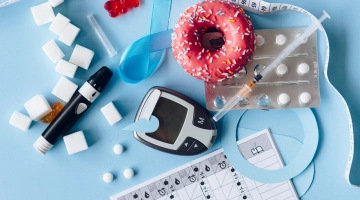In modern medicine, prevention holds a vital role. Its significance cannot be overstated, as preventive measures are key to reducing disease prevalence, increasing life expectancy, and improving overall quality of life.
Definition of Prevention
Prevention refers to a set of measures aimed at avoiding the onset of diseases, ensuring early detection, and minimizing complications. It is typically classified into three levels:
-
Primary prevention — averting the development of disease;
-
Secondary prevention — early diagnosis and prompt treatment;
-
Tertiary prevention — preventing disease progression and associated disabilities.
Why Prevention Is More Effective Than Treatment
1. Reduction of Morbidity and Mortality
Preventive strategies have been proven to significantly reduce the risk of chronic non-communicable diseases such as cardiovascular disease, type 2 diabetes, and cancer. According to the World Health Organization, up to 80% of premature deaths could be prevented through lifestyle modification — including cessation of smoking, healthy diet, physical activity, and weight management.
2. Economic Efficiency
Treating diseases, particularly at advanced stages, requires substantial financial resources, both at the individual and state level. Preventive care, on the other hand, is significantly more cost-effective in the long term and helps reduce the overall burden on healthcare systems.
3. Improved Quality of Life
Early diagnosis and control of disease progression help avoid severe complications that can significantly impair quality of life. For instance, regular monitoring of blood pressure and blood glucose can prevent strokes, heart attacks, and diabetic angiopathy.
4. Strengthening Public Health
At the population level, systematic prevention contributes to building a healthier society. Vaccination programs, health education, and routine screenings reduce the prevalence of both communicable and non-communicable diseases and lead to longer, healthier lives.
Key Areas of Preventive Medicine
-
Lifestyle modification: quitting harmful habits, maintaining sleep hygiene, healthy nutrition, and regular physical activity.
-
Vaccination: preventing infectious diseases.
-
Screening and check-ups: early detection and timely treatment.
-
Public health education: raising awareness about risk factors and how to manage them.
Conclusion
Prevention is one of the most effective approaches to preserving both individual and public health. It not only reduces disease incidence but also enhances quality of life, extends longevity, and decreases healthcare expenditures.
The development of preventive medicine is a strategic priority for healthcare systems today. A combination of individual responsibility and comprehensive public health measures is essential to achieving sustainable improvements in population health.





